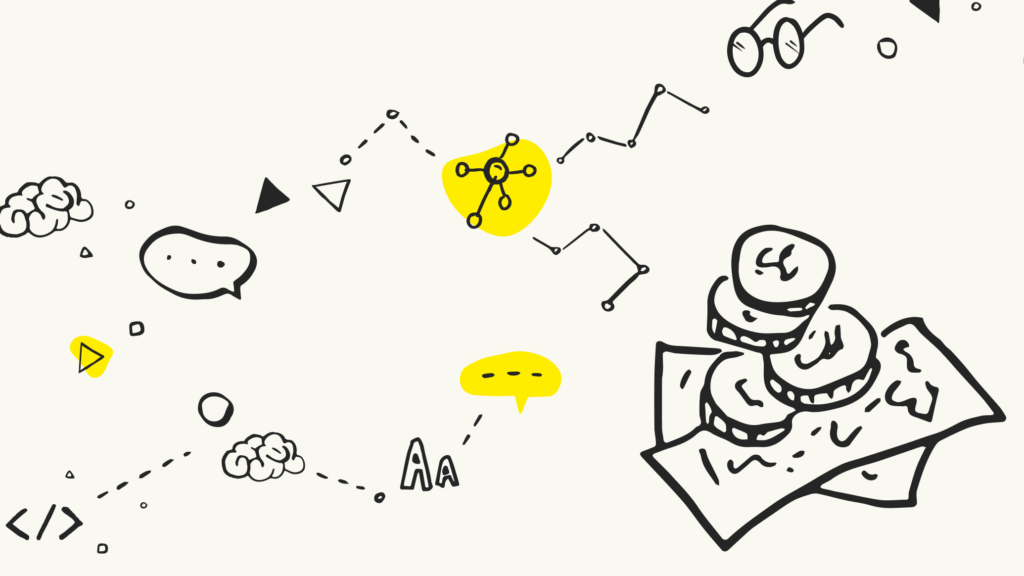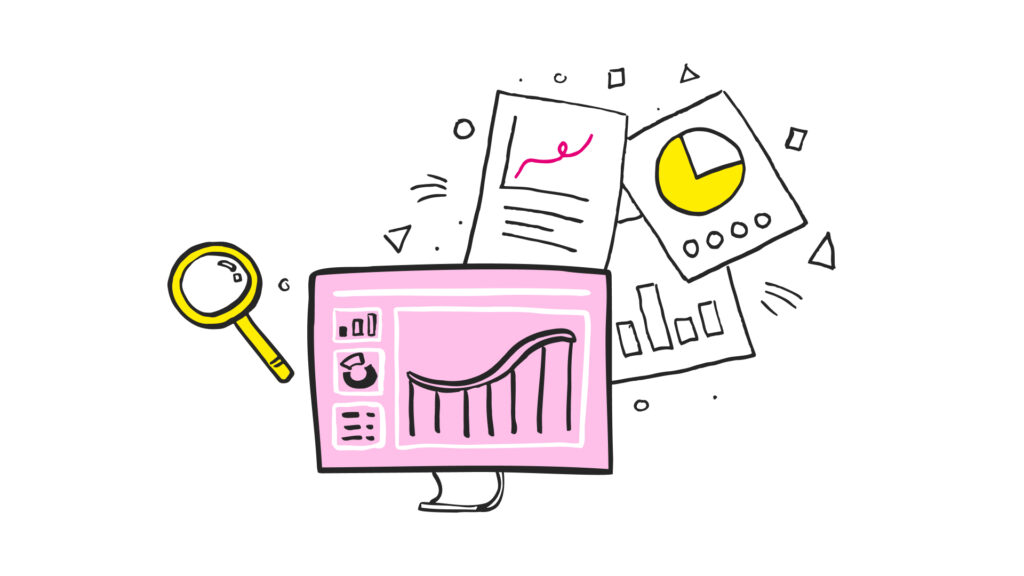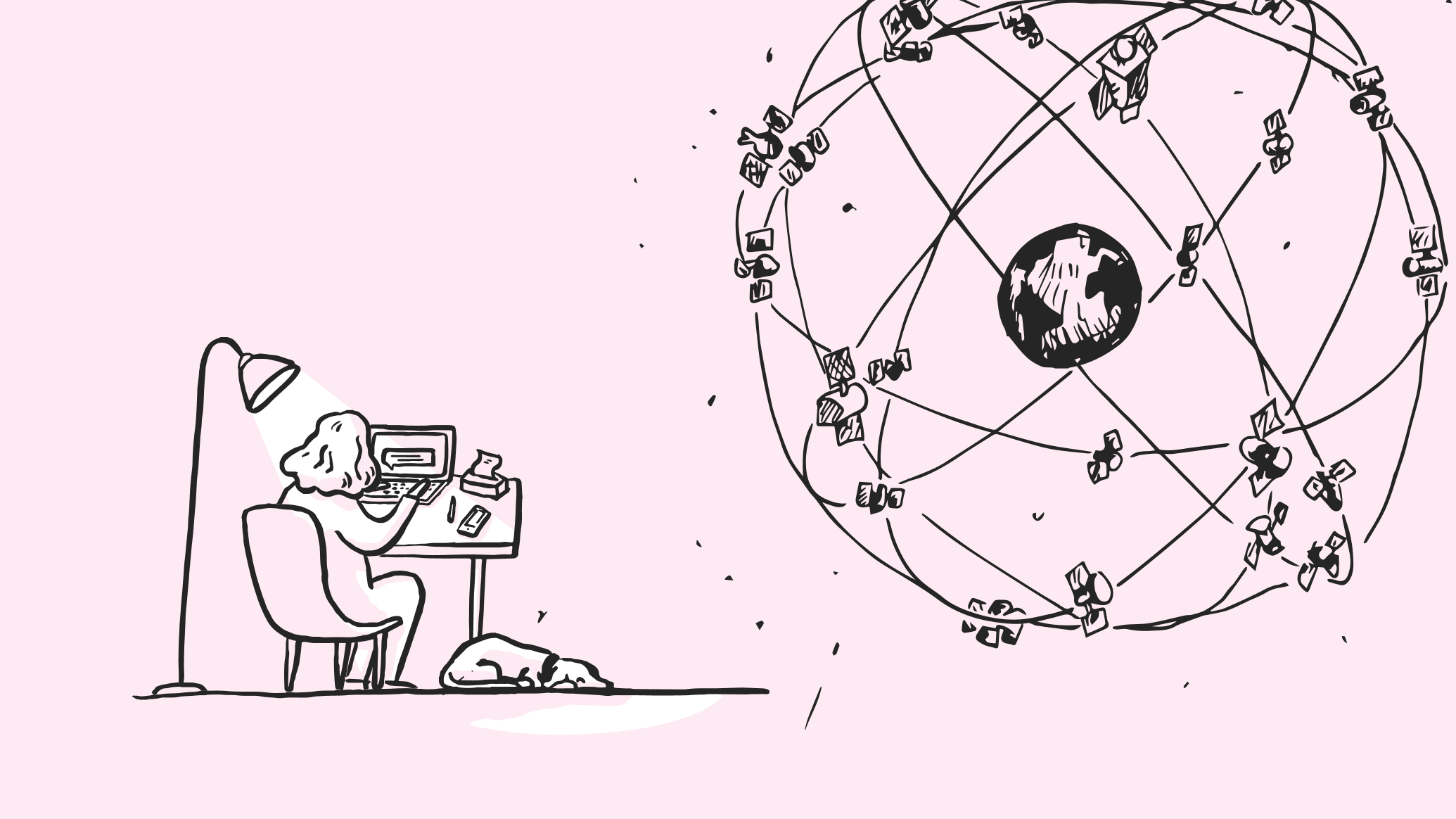
When we talk about user research, we are referring to a vast number of different methods that uncover user needs, motivations, and behaviours. It is an essential part of the product development process and takes many forms.
Usability testing is one of these methods. It can be conducted in various environments, dependent on several factors. The last few years have shown an increase in remote-run usability testing sessions out of necessity following the events from the pandemic. As we migrate back towards more face-to-face interactions, we would like to explore when to use remote vs laboratory usability testing, to make informed decisions that best suit your research goals.
What is usability testing?
Usability testing is used when we have live products and services or designs of potential solutions that we want to test out with target user groups. We do this by observing users as they interact with these products and evaluate the ease of use based on their responses. The primary goal is to uncover issues that might hinder the user experience, whether those issues are related to navigation, functionality, content, or design.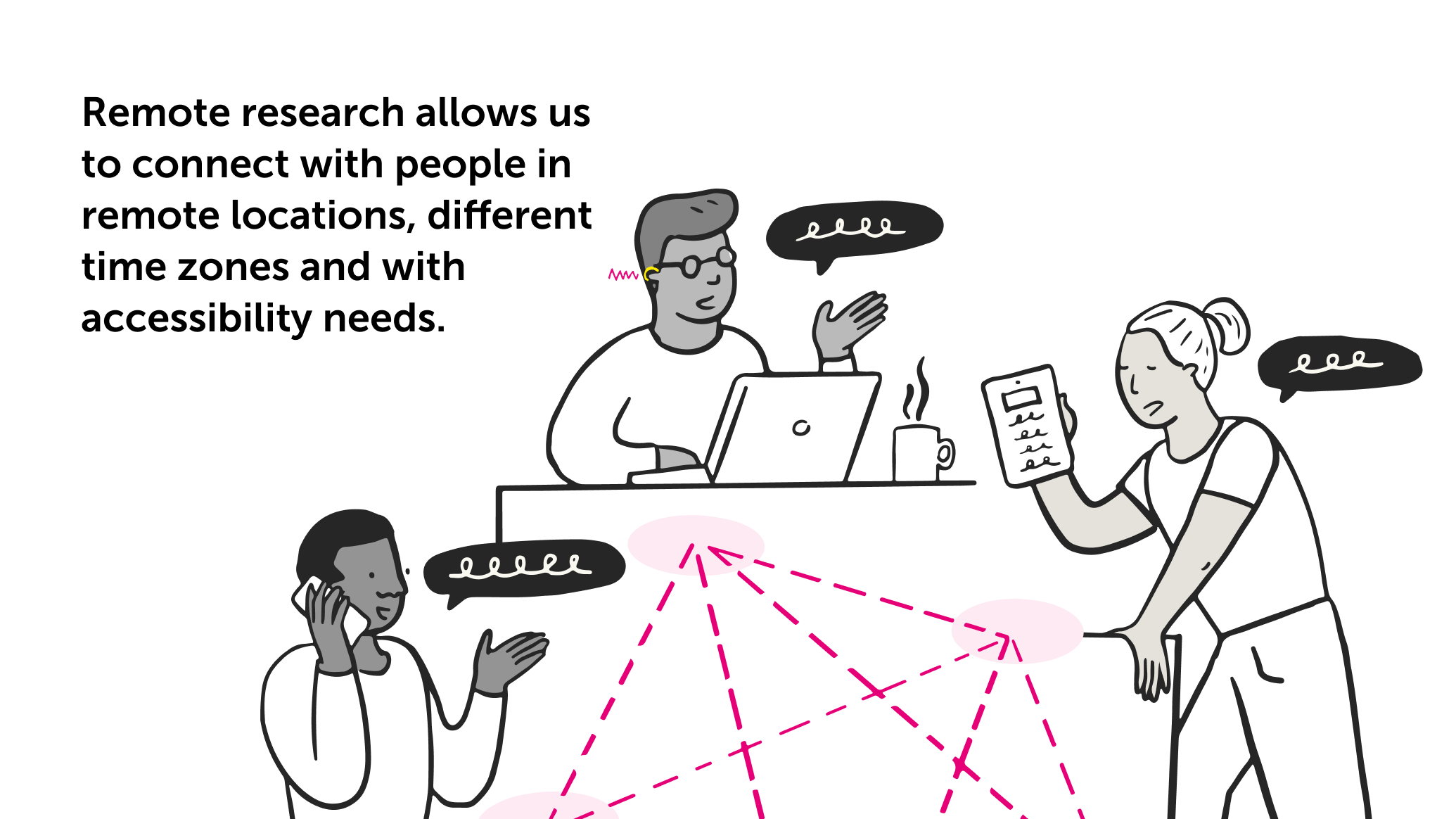
Remote usability testing
Remote usability testing involves a participant using a product on a mobile, tablet or desktop computer in their own home/place of work etc.
This method offers several advantages:
- Geographical flexibility: You can recruit participants from a wider pool, not bound to the confinements of a specific location, allowing for more diverse user perspectives. This can also support more complex and niche recruitment criteria.
- Real-world context: Users interact with the product in a setting where they might typically use that product, helping the participant feel more at ease and demonstrating more natural behaviours.
- Cost effective: For clients it can be more cost effective to take this approach, not needing to hire a physical lab to conduct the sessions, travel costs for participants and practitioners or needing to provide on-site support.
- Stakeholders can observe the sessions from their home/place of work: whoever you require buy in from within your teams, setting up a live streaming link to these testing sessions is a great way for them to feel involved and can see first-hand any issues that participants have using the product.
When to use remote usability testing
Based on these advantages there are several reasons why remote usability testing would be more suitable for your project:
- Geographical diversity is crucial: If your target audience is spread out, conducting remote testing sessions ensures you reach users from different locations and backgrounds.
- The budget is limited: Remote testing can be more budget-friendly, as it doesn’t involve the costs associated with a physical laboratory setup.
- Quick insights are needed: Remote testing can be scheduled and executed more rapidly than laboratory testing, making it an excellent choice for fast feedback or when running research in agile sprints, where testing is being conducted every couple of weeks to iterate designs.
- You want to observe users using a product in their natural environment: Participants are in their own environment, which can lead to more authentic interactions with the product.
Laboratory usability testing
Laboratory usability testing, unlike remote testing, is conducted in a controlled environment, typically a usability lab. This method also has its own set of advantages:
- Controlled conditions: Researchers have more control over the testing environment, reducing potential distractions and biases.
- Real-time support: Research facilitators can provide immediate assistance and observe participants more closely.
- Accessibility: Allows us to evaluate the usability of products with users that may require assistive technology or have other accessibility needs that we would otherwise struggle to observe remotely.
- Stakeholders can observe sessions in person: As much as it is great to include your stakeholders from their homes, an even better way to engage your them with minimal distractions is inviting them in to observe your in-person sessions from an observation room at the facility you are using. It gives you an opportunity to debrief after each session and discuss what you have all observed.
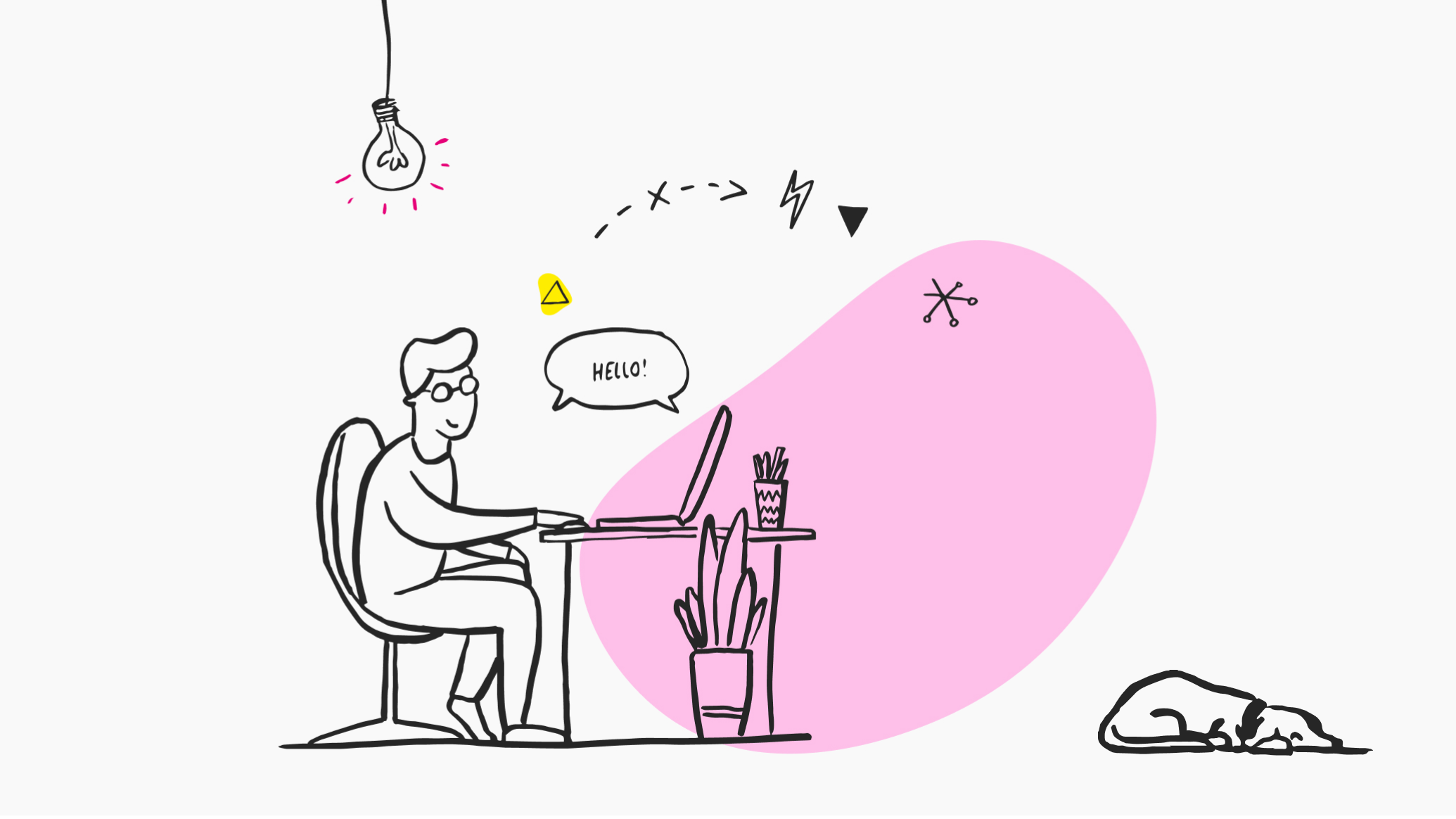
When to use laboratory usability testing
Laboratory usability testing is a better choice when:
- Controlled environment is necessary: If you need a controlled, distraction-free setting to assess specific elements of your product. In addition, if specialist equipment is needed or for example you are testing prototype designs using assistive technology, a lab is ideal.
- Real-time observation is critical: When you want to closely observe user behaviour and provide immediate support or clarification, a laboratory environment is preferable.
- You require in-depth data: Laboratory tests are excellent for collecting detailed, high-quality data that can inform deeper insights.
- Prototype or early-stage testing: For early stages of development, a laboratory setting can help uncover fundamental issues that need immediate attention.
Combining the approaches
In some cases, a hybrid approach may be the best solution. Depending on where you are in your products development, combining elements of remote and laboratory usability testing can provide a balanced view of your product’s usability. For instance, you could use remote testing for initial insights on a broader scale, and then follow up with laboratory testing to delve deeper into specific issues once design solutions have been formulated and iterated on.
Choosing between remote and laboratory usability testing depends on your research goals, budget, and timeline. Each approach has its advantages and drawbacks, and the decision should be based on the specific needs of your project. Remote testing is suitable for geographically diverse users, budget-conscious projects, and quick feedback, while laboratory testing is ideal for controlled environments, in-depth data collection, and early-stage testing.
Ultimately, the key to successful usability testing lies in thoughtful planning, clear objectives, and a commitment to continuously improve your product based on user feedback. By carefully considering when to use remote and laboratory usability testing, you can enhance your user research process and create products that are more intuitive, user-friendly, and ultimately more successful in the market.
Analysis is key
There are many tools out there to help you conduct remote user research. But collecting data is the easy part – what you do with it is where Nomensa’s brilliant team of UXers earn their salt.
Get in touch today to speak to our friendly expert team and receive personalised recommendations for your remote user research journey.
We drive commercial value for our clients by creating experiences that engage and delight the people they touch.
Email us:
hello@nomensa.com
Call us:
+44 (0) 117 929 7333
